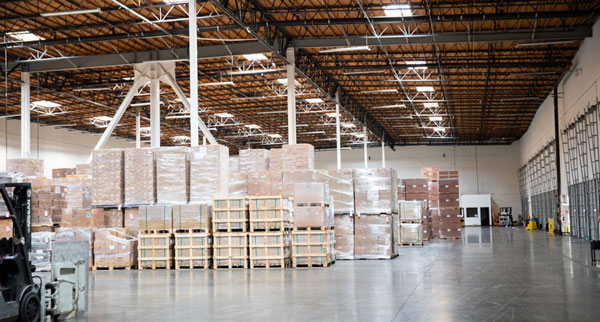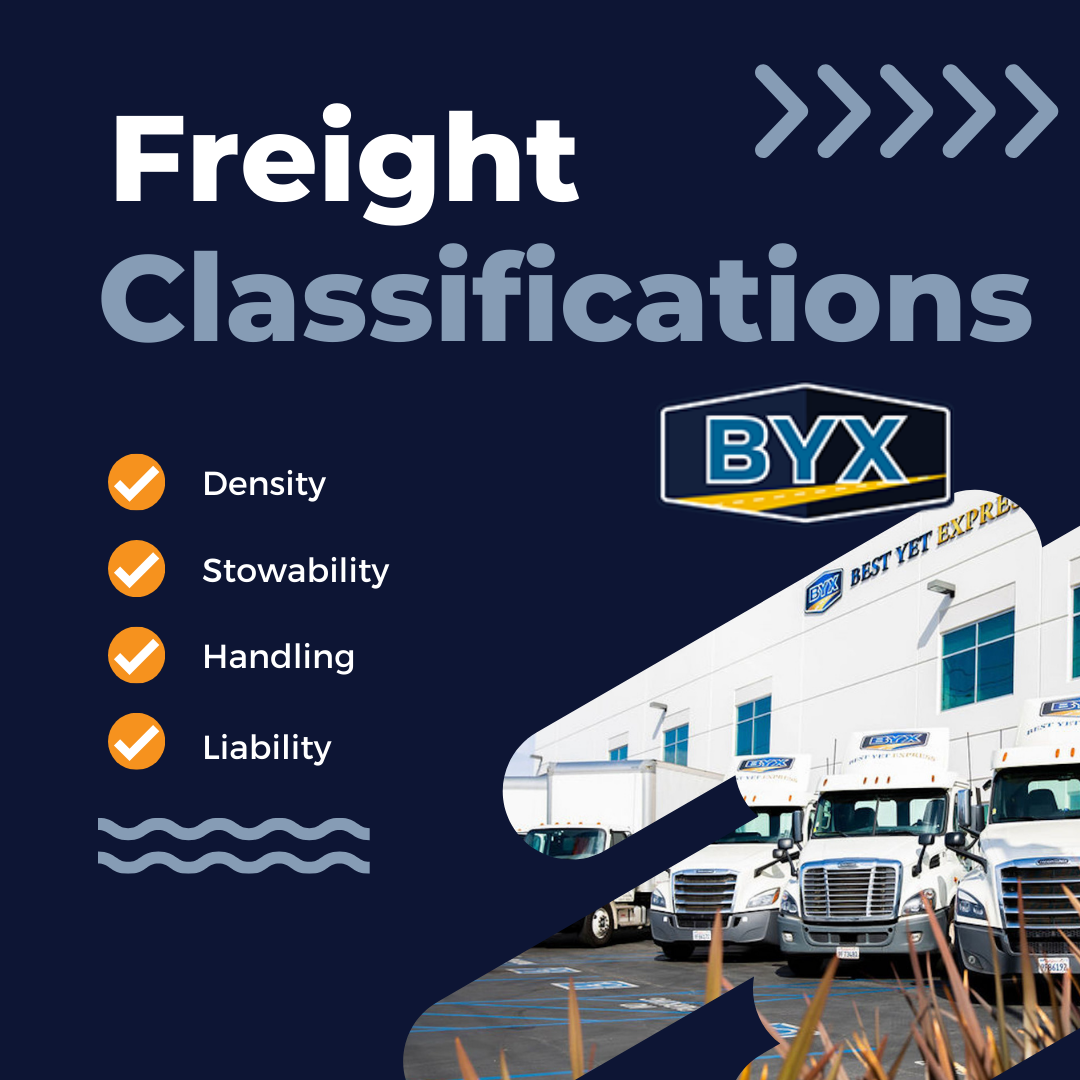When you’re shipping freight, there are so many moving pieces to worry about– literally! Choosing a reputable logistics company like BYX is a great start, but, unless the freight is coming from our warehouse, carriers are responsible for transporting freight from point A to point B, not for packaging the freight being shipped. Carriers are in control of many factors, like properly packing the truck and transporting it safely and timely. Nevertheless, freight can and does shift during transport. The best way to secure your freight and protect it from damage is to learn how to pack a pallet properly. We know a thing or two about this. Lets start with the basics.
WHAT IS A PALLET?
Pallets are nothing more than rigid platforms designed to secure and consolidate shipments. Pallets serve a few purposes, including:
-
- Keeping multi-piece shipments together
-
- Making it easier to load and unload freight
-
- And maximizing cargo space in the trailer
Most importantly, pallets help protect your cargo by minimizing movement. Efficiently packing a pallet involves careful planning and strategic placement of items to maximize space utilization and ensure stability during transport. Here are some steps to effectively pack a pallet. Fortunately, it’s not that hard to master.
-
- Gather Necessary Supplies: You’ll need the proper pallets for the commodity, shrink wrap or stretch wrap, cardboard or slip sheets, packing materials (like bubble wrap or foam), and strapping or banding materials for securing the load. Cardboard edge protectors like these help strengthen the pallet and secure its contents even further.
- Plan Ahead: Know the dimensions and weight limits of the pallet and the transportation method (e.g., truck, container) to ensure compliance with regulations.
- Choose the Right Pallet: Use a pallet that’s appropriate for the size and weight of the load. Ensure the pallet is in good condition and free of damage.
- Organize Items: Group items by size, shape, and weight. Place heavier items at the bottom and lighter items on top to prevent crushing.
- Use Sturdy Base: Start by placing a solid and level base layer of items on the pallet. Use pallet boards, cardboard, or slip sheets to create a stable foundation.
- Build Up: Stack items vertically, ensuring stability and even weight distribution. Use dividers or layer separators to prevent shifting and maintain balance.
- Fill Empty Spaces: Fill gaps and voids between items with packing materials like bubble wrap or foam to prevent shifting during transit. Each box should be completely full to avoid getting crushed or dented.
- Overhang: Avoid overhanging items from the pallet edges to maintain stability and prevent damage.
- Secure the Load: Use shrink wrap or stretch wrap to tightly secure the entire pallet load. Additionally, use strapping or banding materials to further secure the load, especially for heavy or irregularly shaped items.
- Label and Document: Clearly label the pallet with necessary information such as contents, weight, destination, and handling instructions. Keep detailed documentation for inventory and tracking purposes.
- Inspect and Test: Before shipping, inspect the pallet for any issues and conduct a stability test by gently shaking it to ensure the load is secure.
- Optimize Space: Maximize space utilization by packing items as tightly as possible without compromising stability. Consider using pallet optimization software for complex pallet configurations.
COMMON MISTAKES
-
- Using the wrong size pallet
Standard-sized pallets are 40” by 48”, but a variety of sizes are available if needed. It’s better for a pallet to be slightly too large than too small. Any overhang makes punctures and compression damage far more likely.
- Using the wrong size pallet
-
- Piling on too much weight
Check the weight limit of the pallet you’ve selected before you begin packing it. Most pallets are made to support up to 4,600 lbs, but double-check the bottom of the pallet to confirm.
- Piling on too much weight
-
- Using mediocre packing products
Old pallets with nail heads sticking out, overused boxes, and cheap packing tape all put your cargo at risk. Investing in quality shipping materials will prevent damage to your real investment: Your freight!
- Using mediocre packing products
-
- Not labeling your pallet correctly
Each item should be labeled, and each side of the pallet should be labeled per the carrier’s instructions. Ask for clarification if you need it!
- Not labeling your pallet correctly
By following these steps, you can effectively pack a pallet to ensure safe and efficient transportation of goods. Mastering the art of pallet packing is essential for any company involved in freight shipping. By following these steps, you can ensure that your pallets are packed efficiently and securely, minimizing the risk of damage during transit. Properly packed pallets not only improve safety but also contribute to a smoother transportation process, ultimately enhancing customer satisfaction and loyalty.








